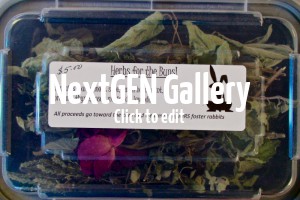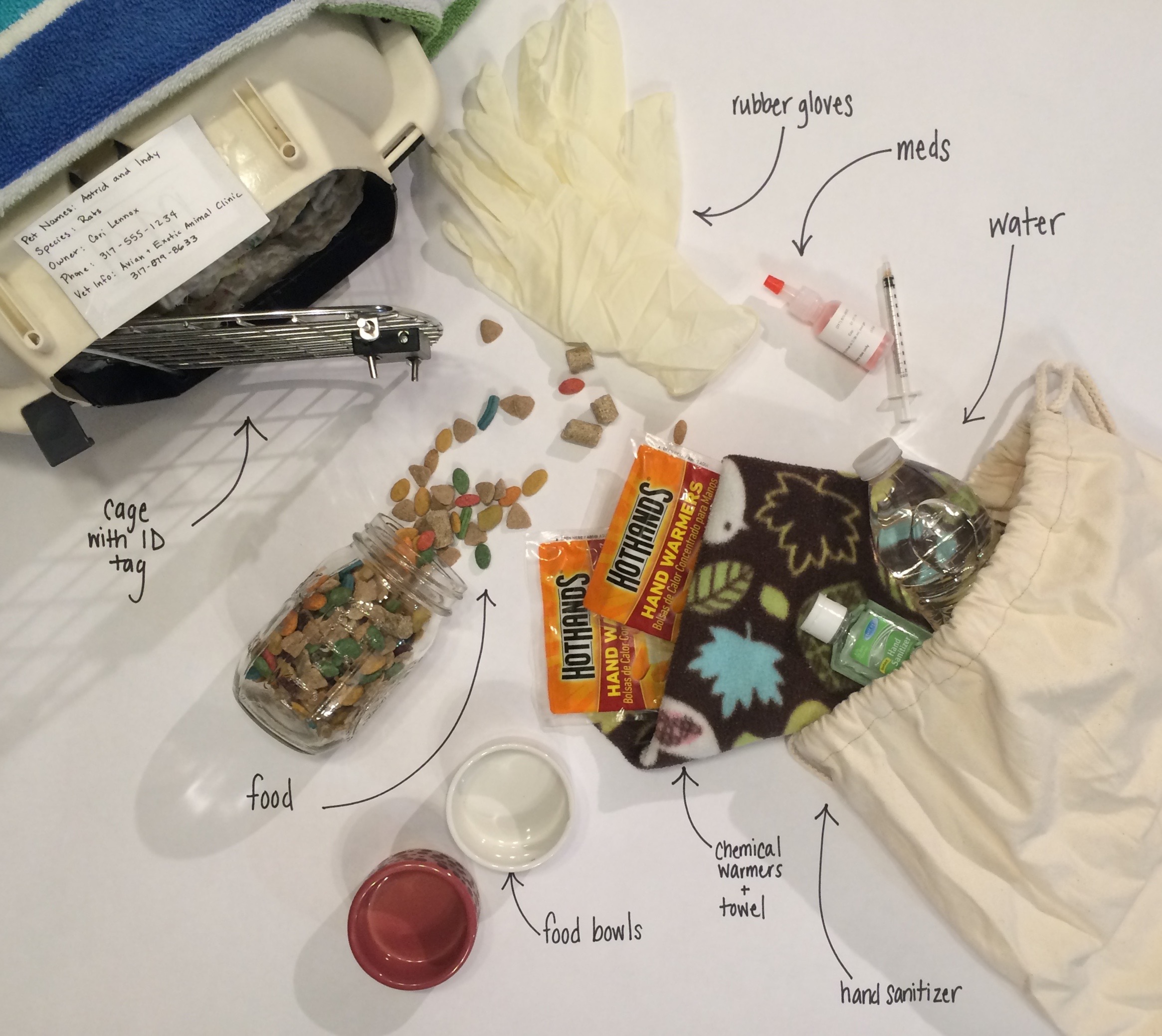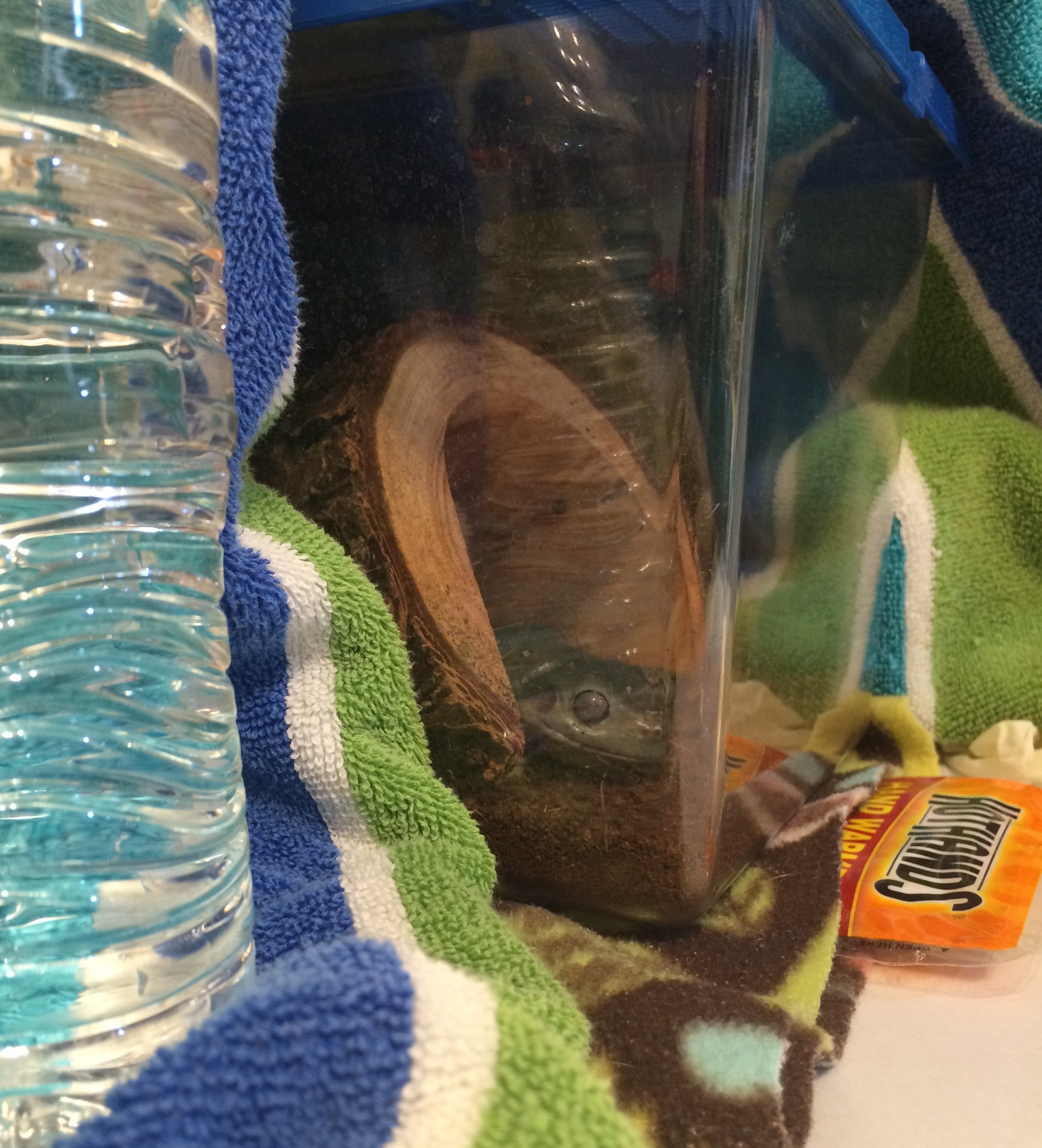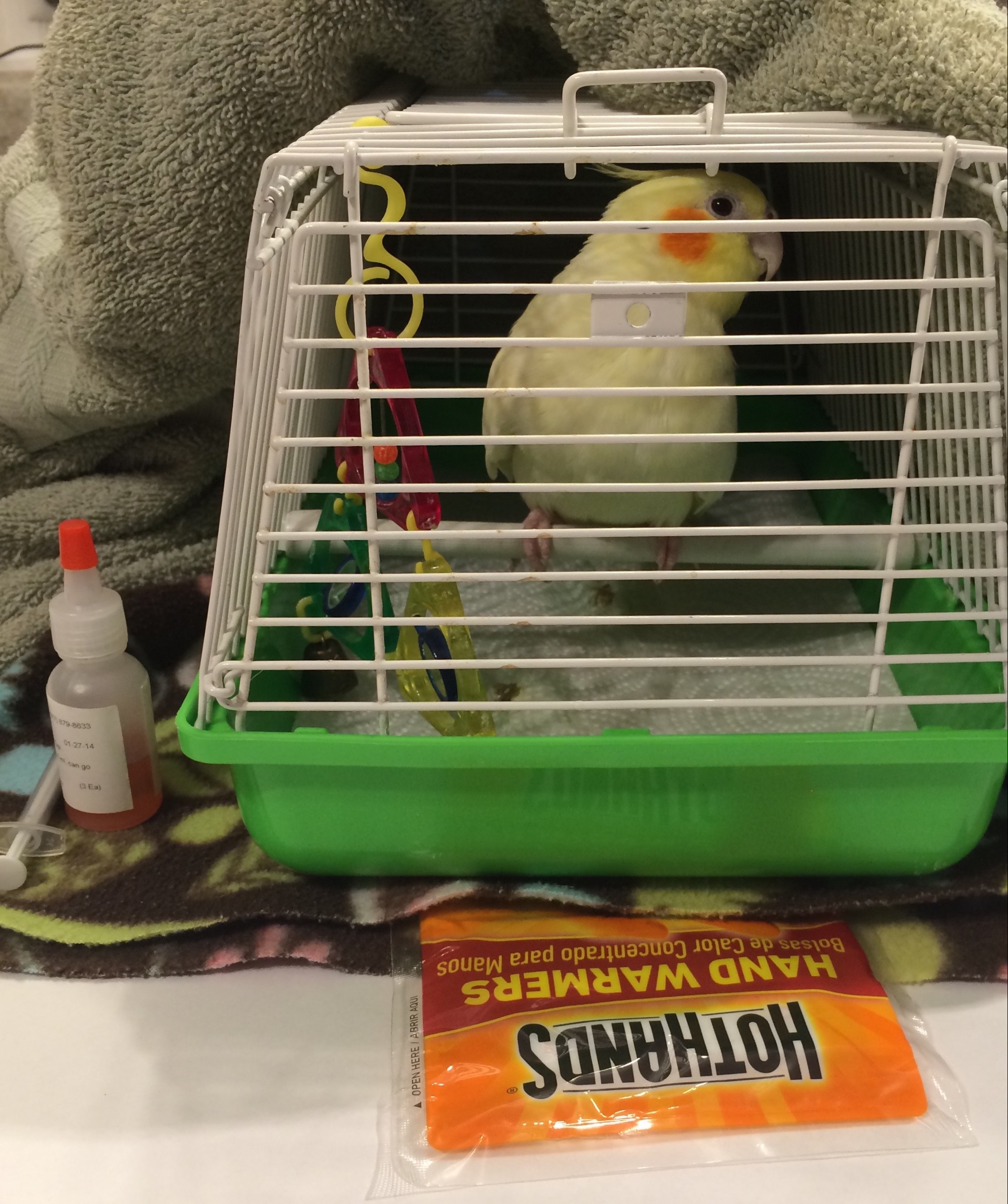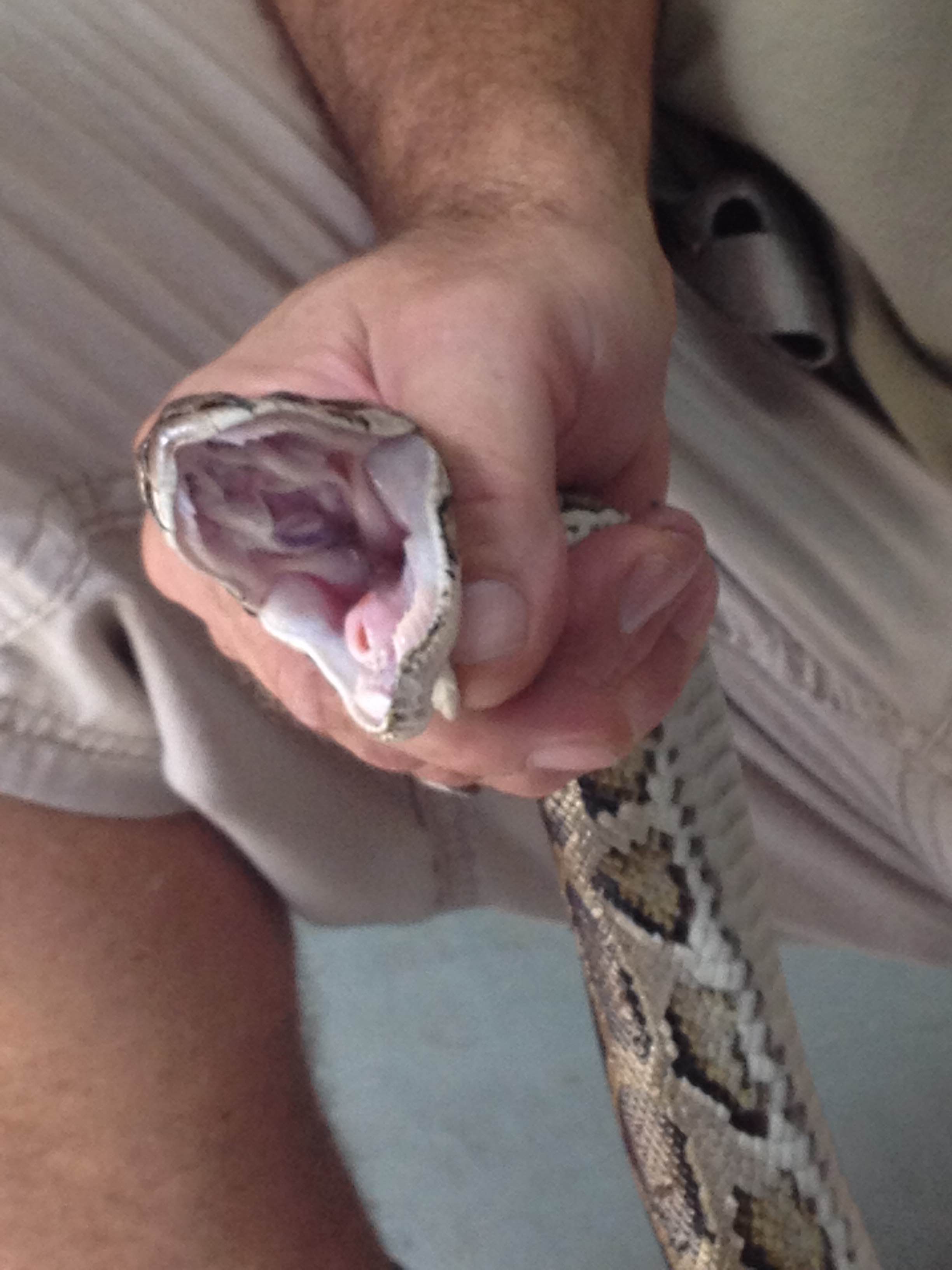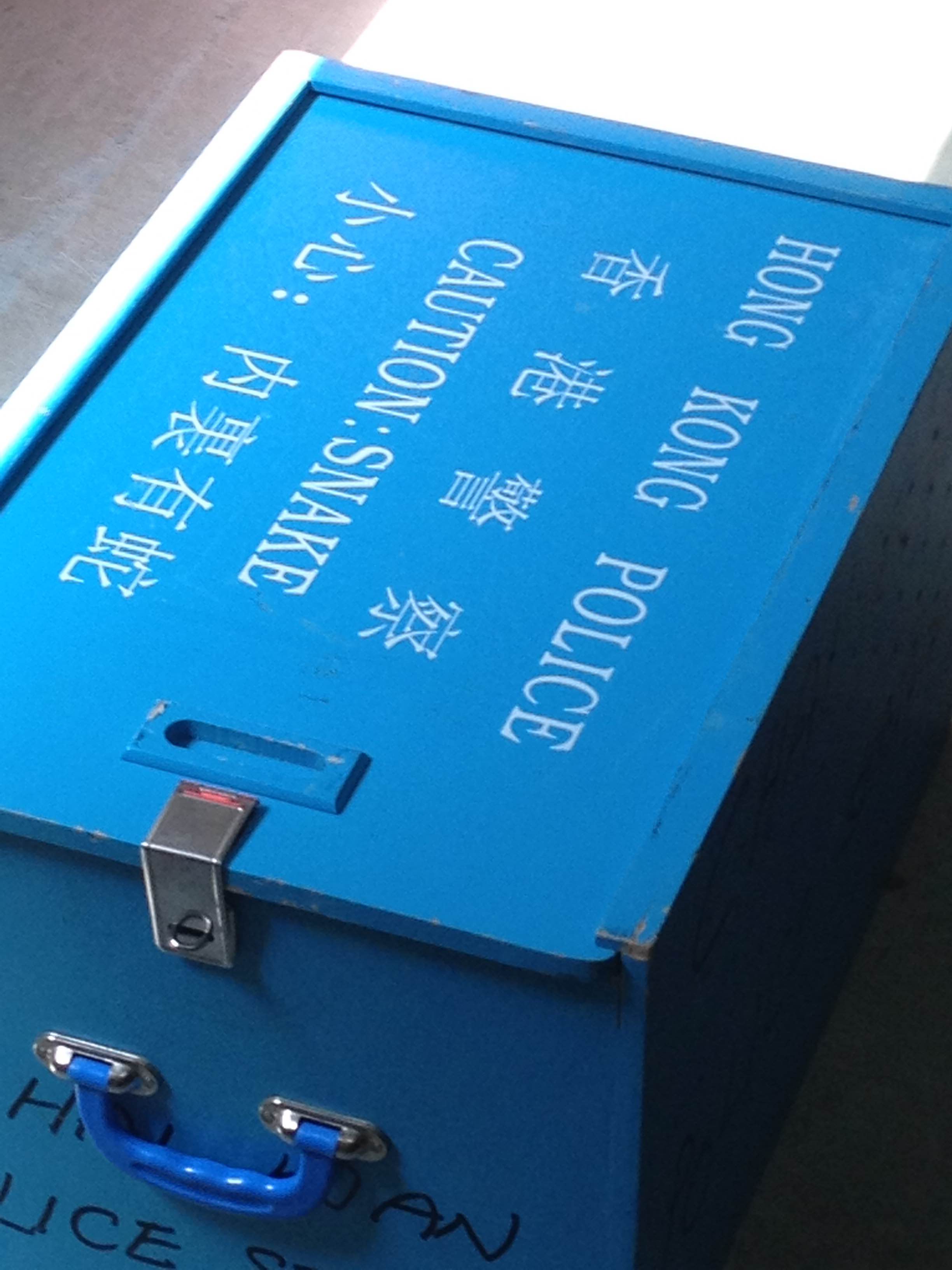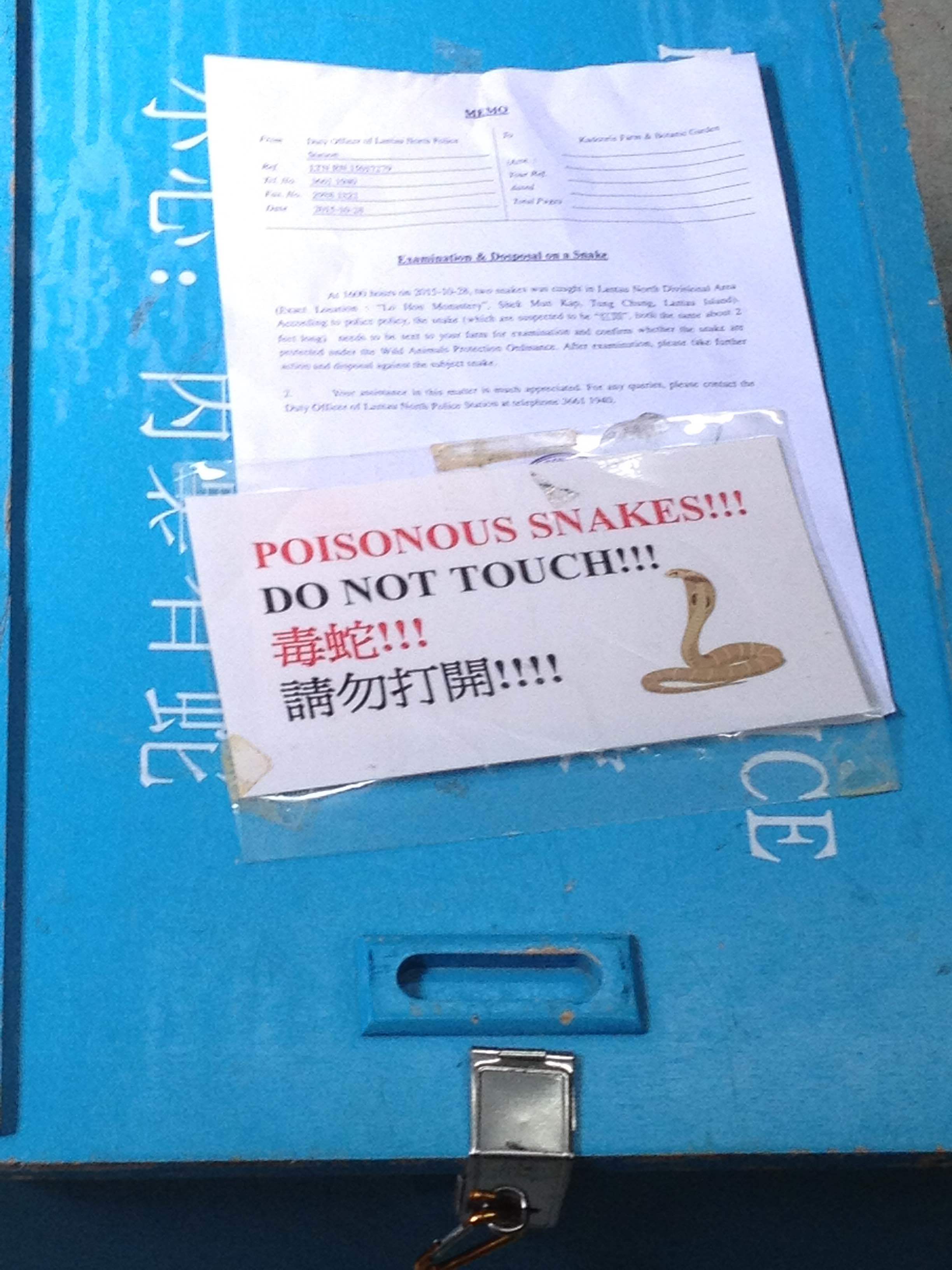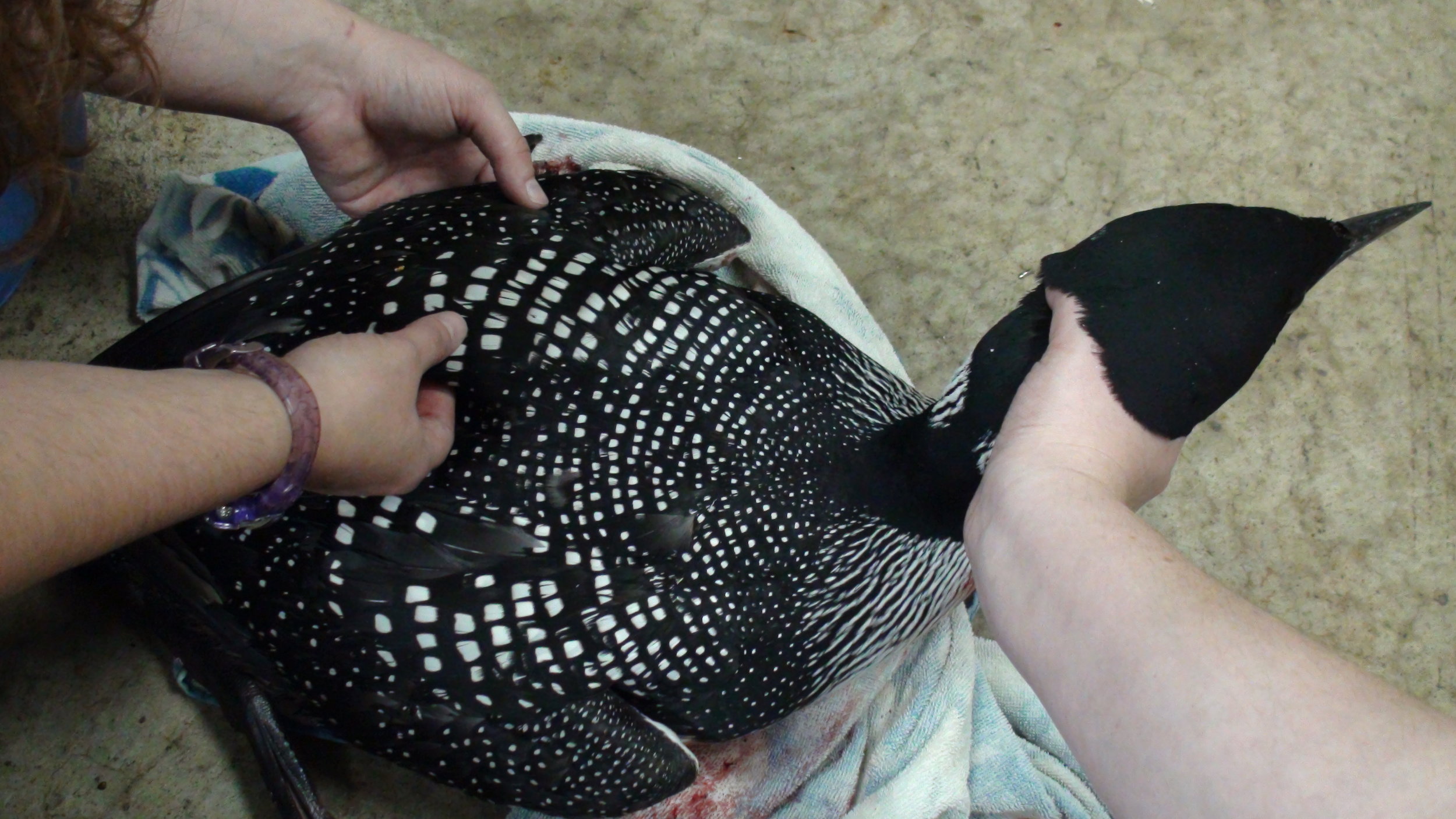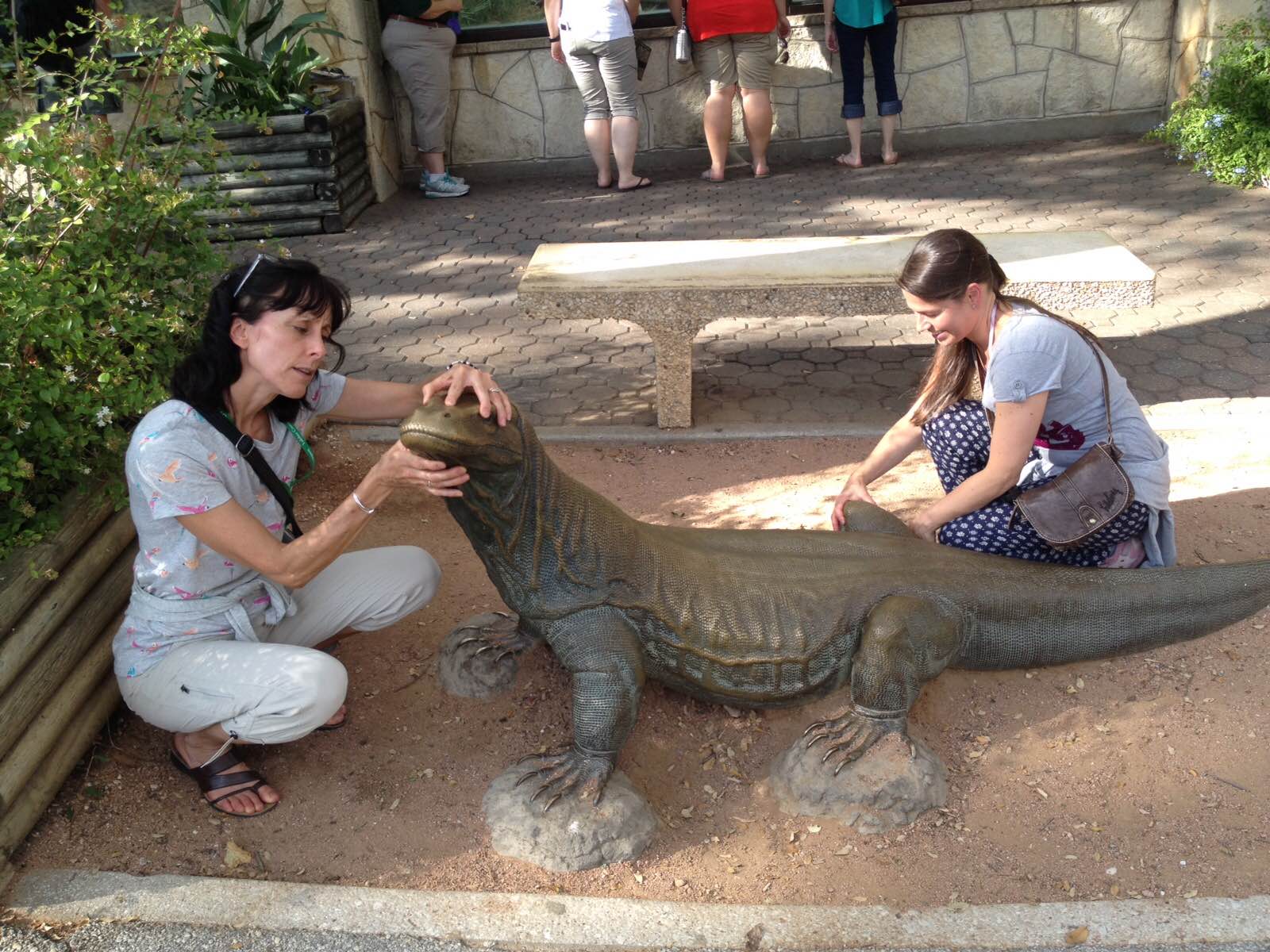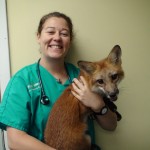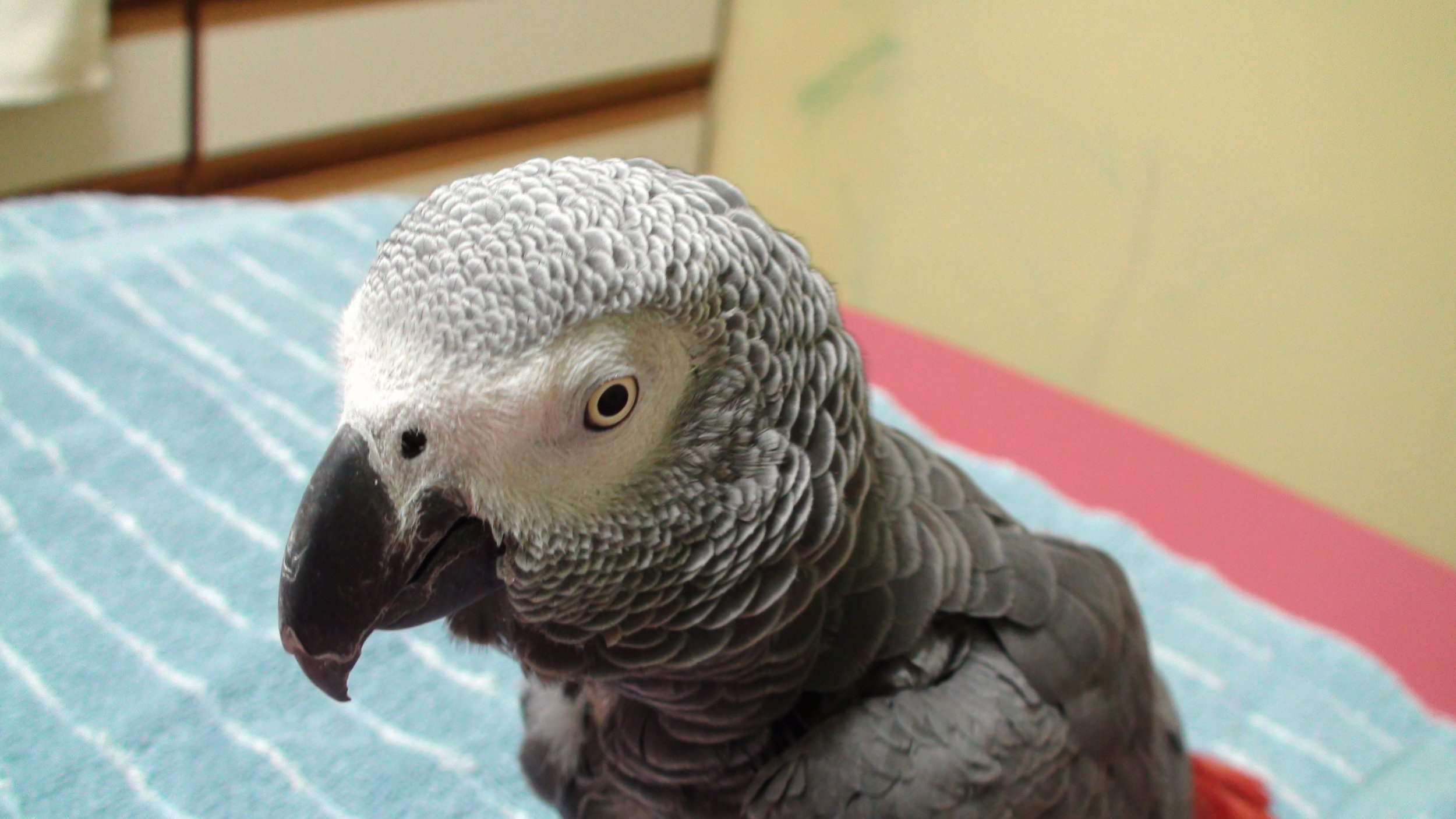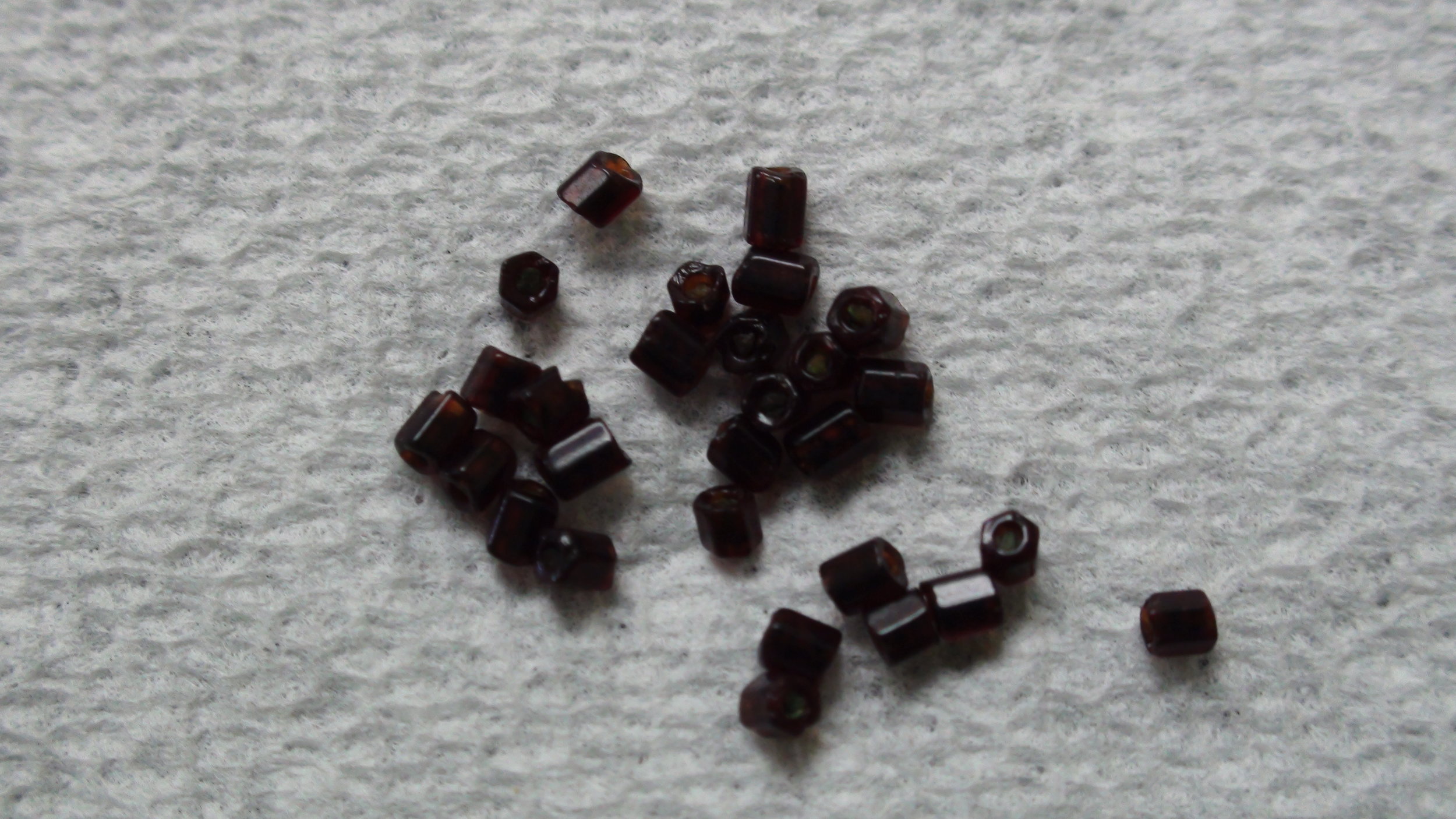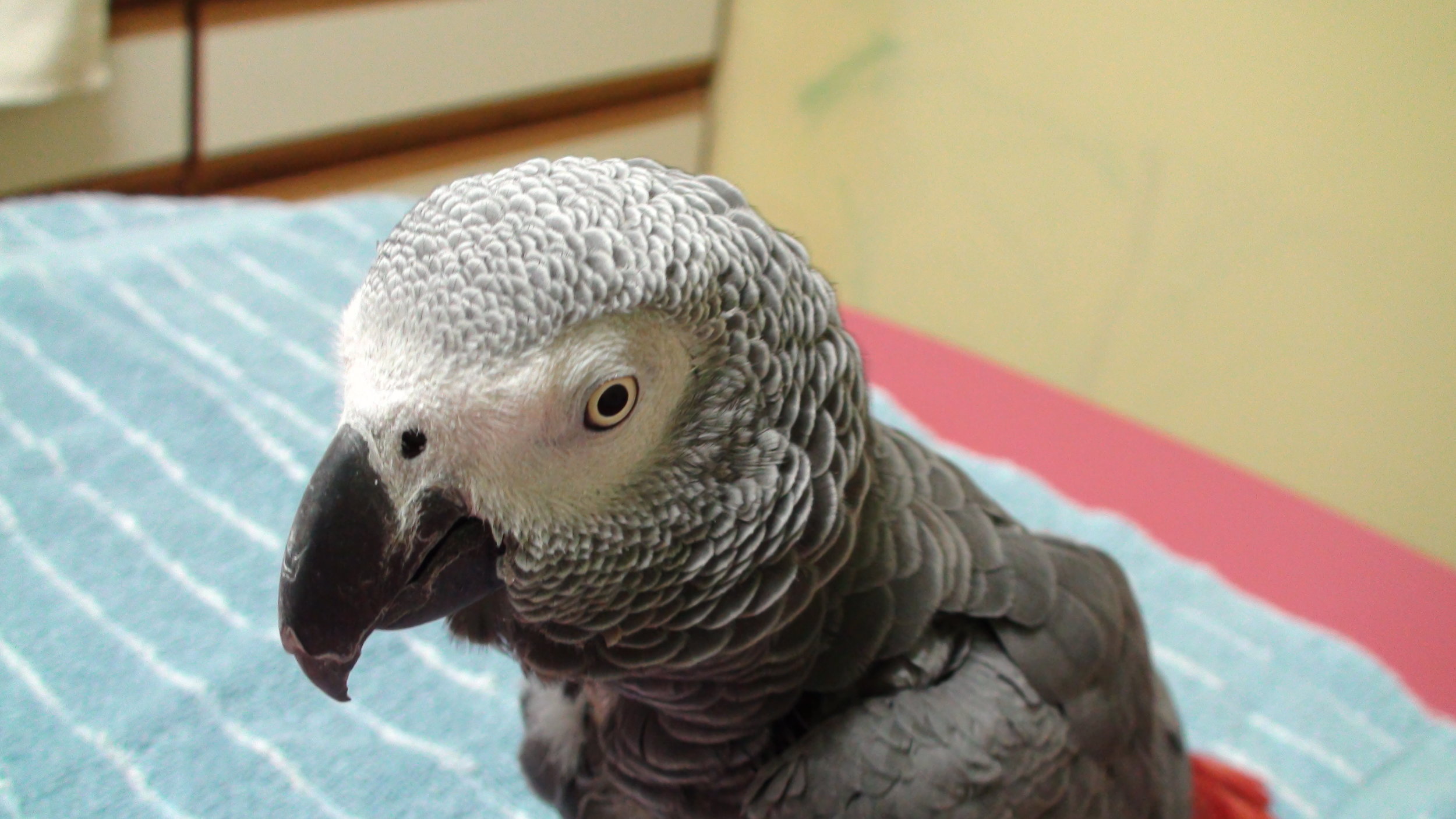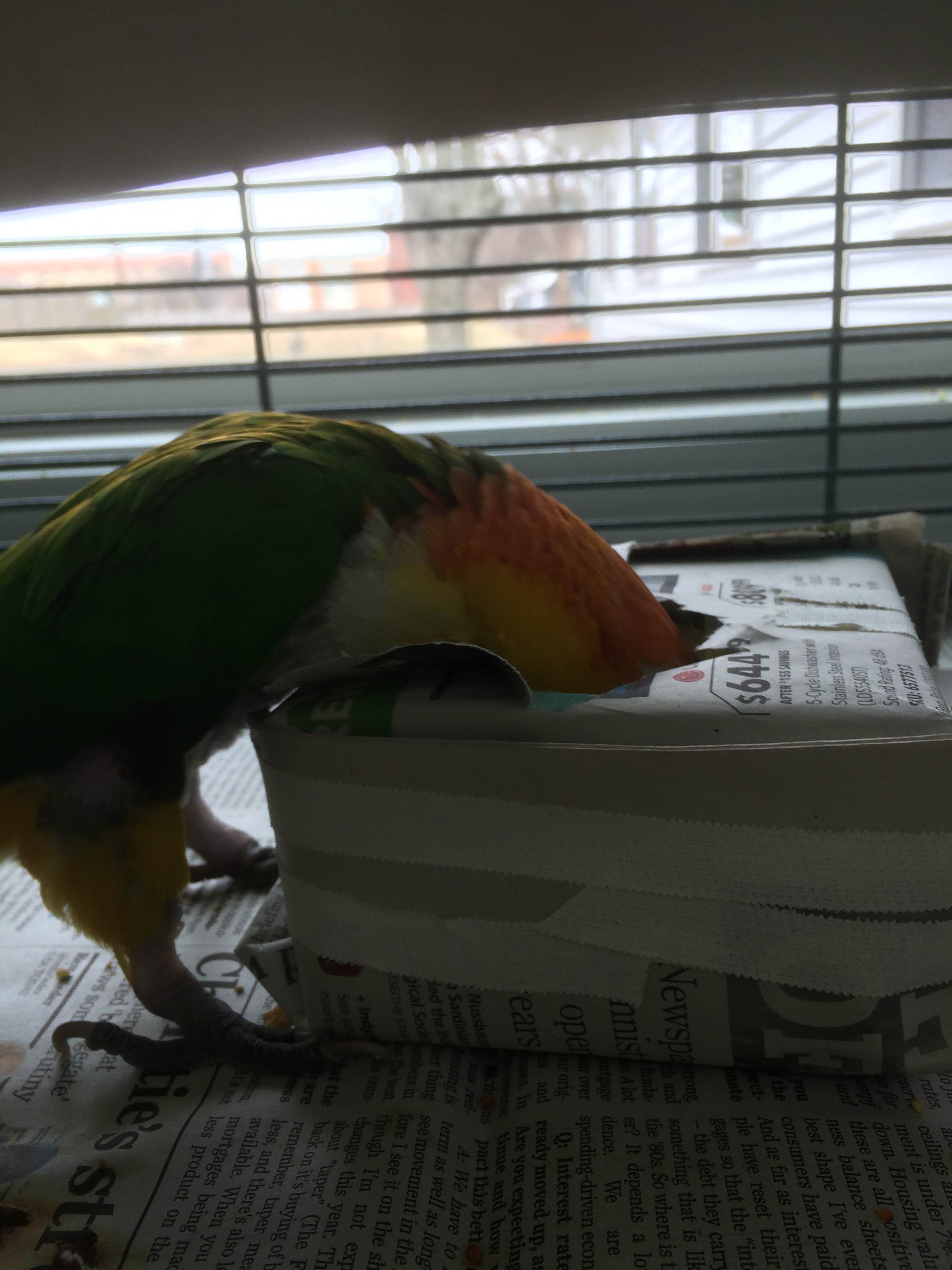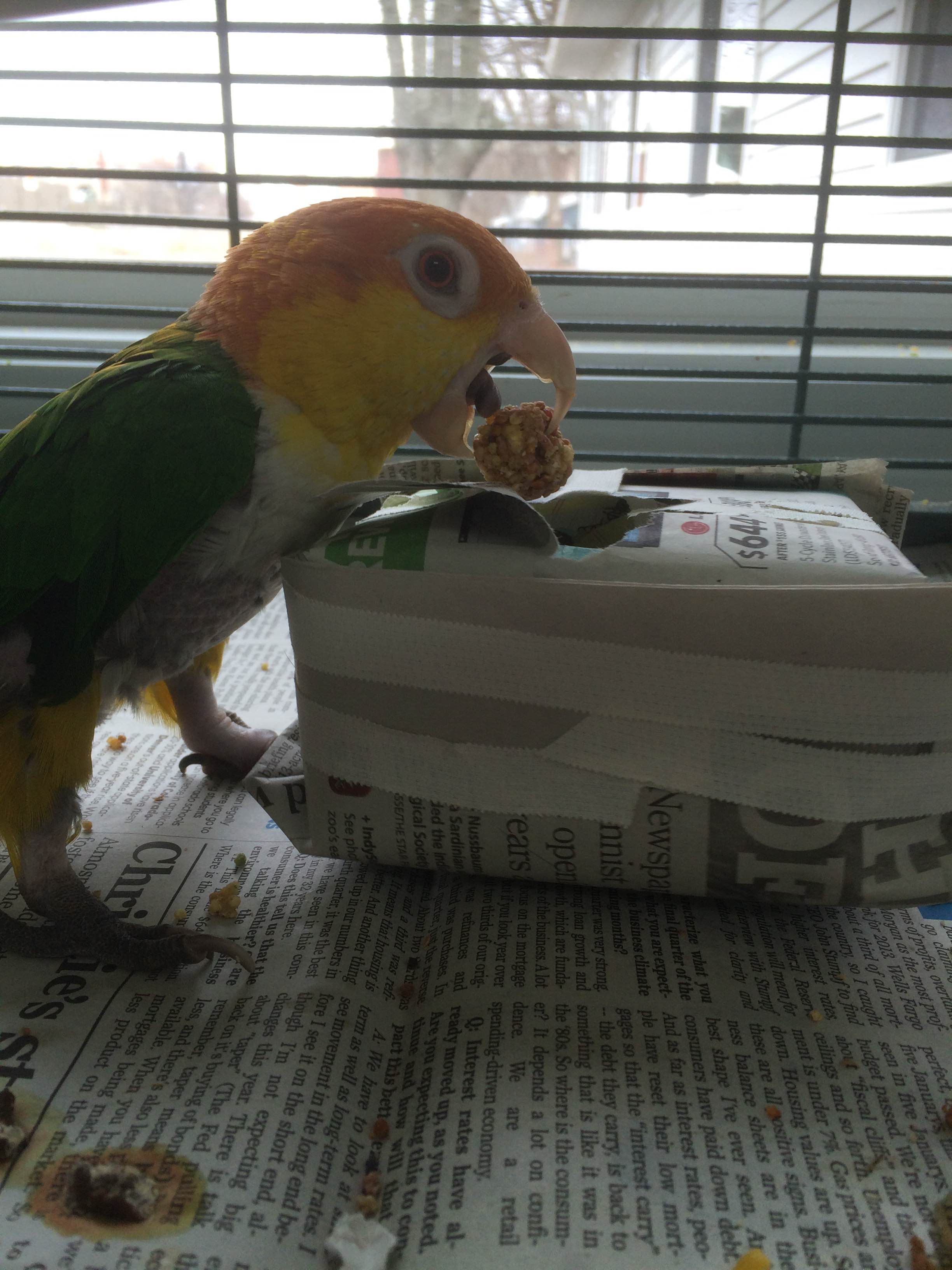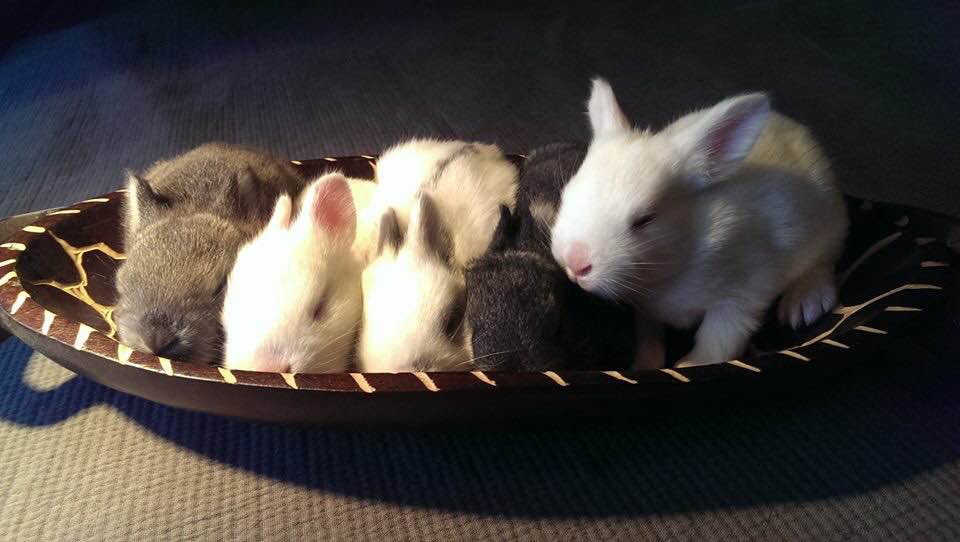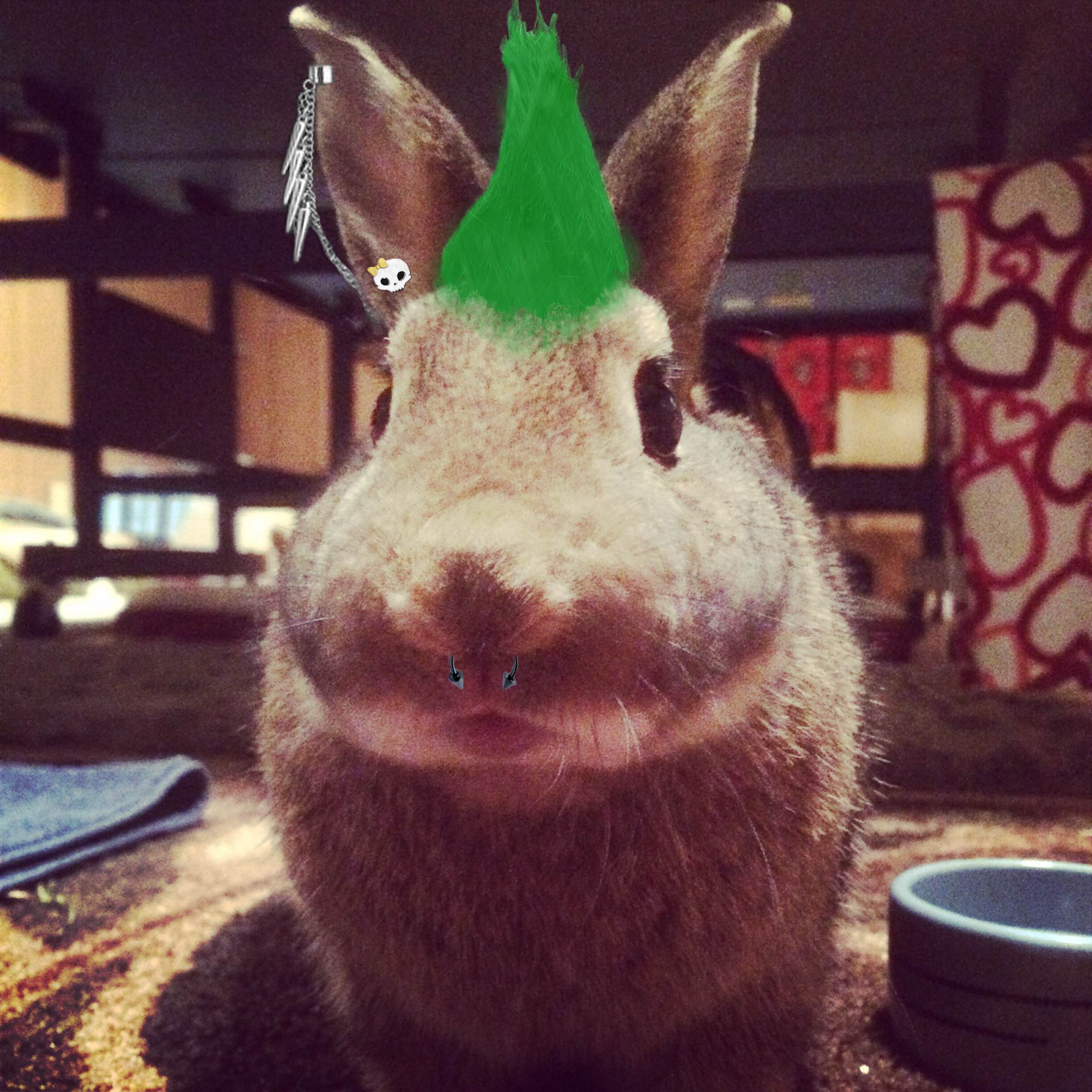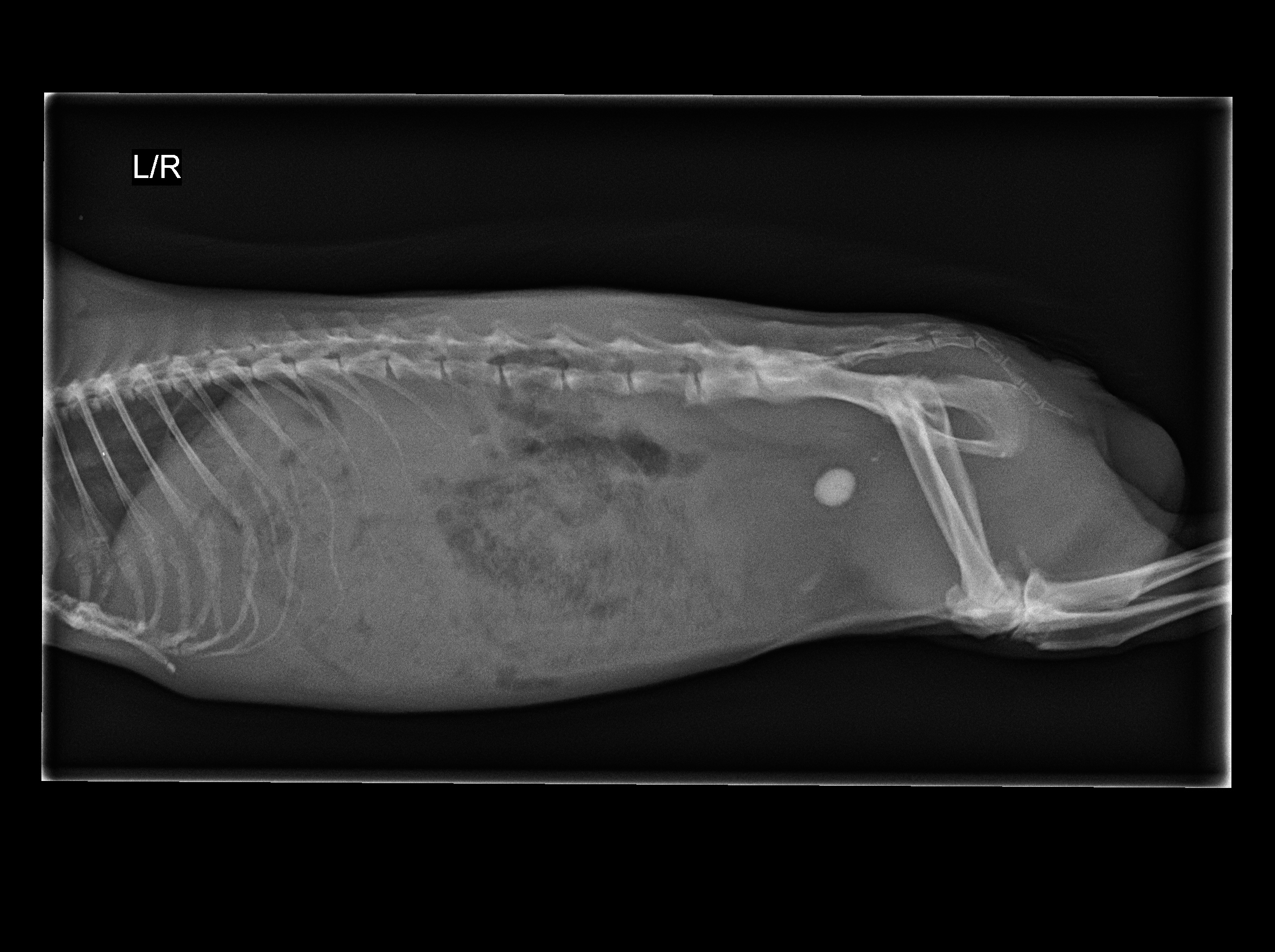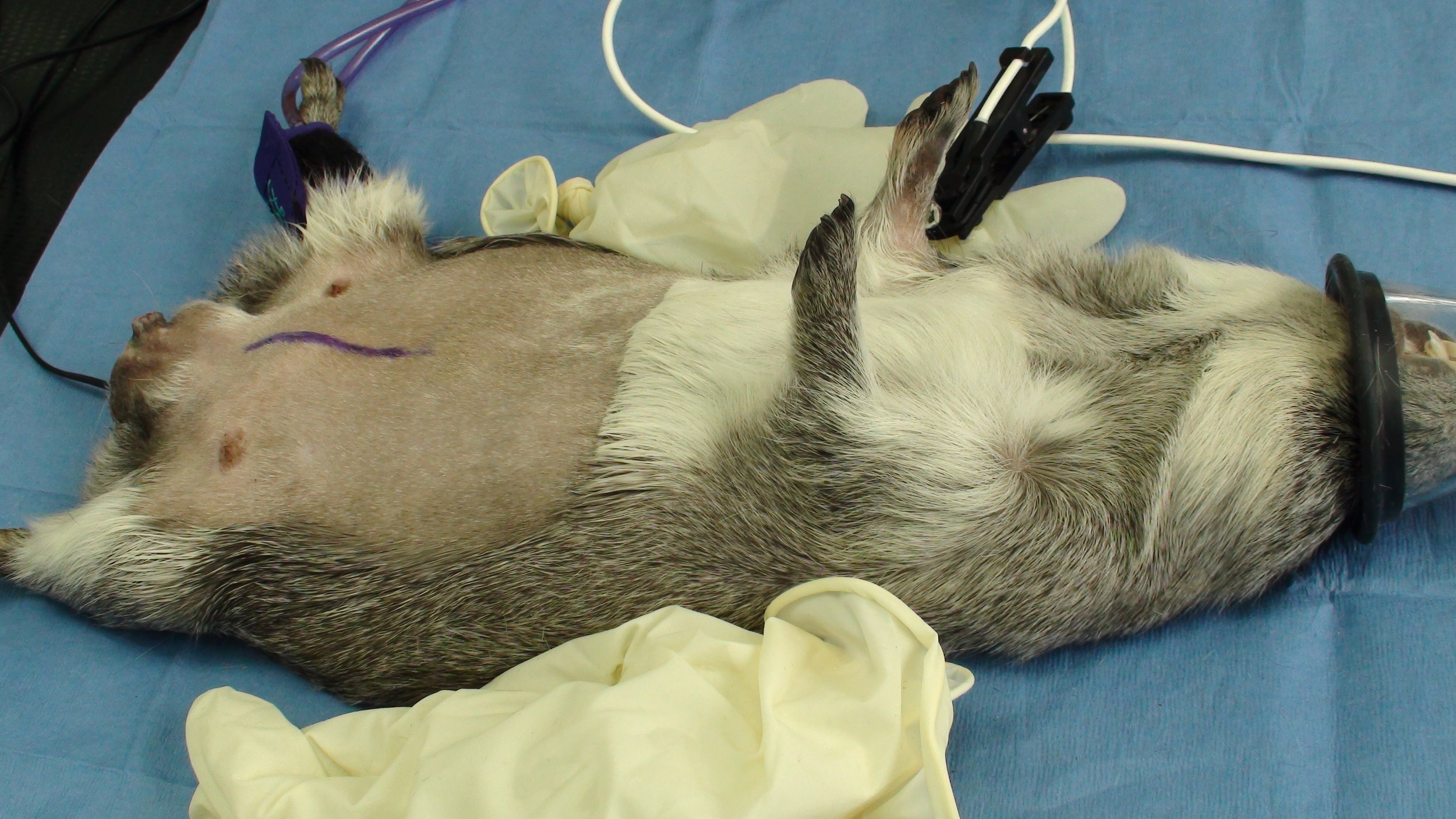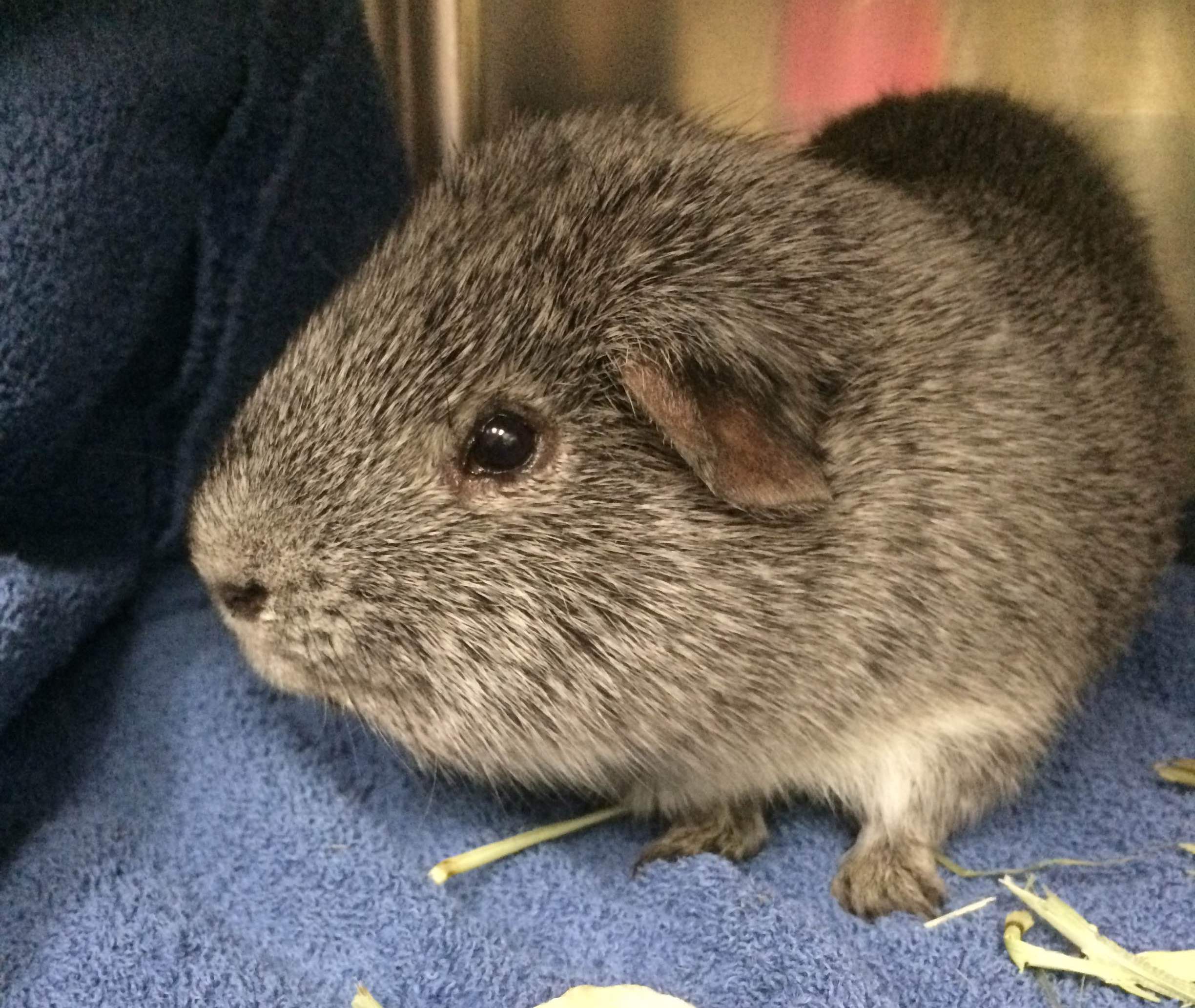This week we say good by to veterinary visitor Maria Rosa de Jaureguizar i Tesas from Spain. She was a terrific help with all of our post surgical and hospital patients, and we enjoyed learning a bit more about Spanish culture and traditions! Thank you, Mari. Here's Mari's report-
I had the great opportunity to visit here for 2 month. I remember the day I arrived, a new graduate veterinarian in a new country on a very busy surgeries day. I remember that when I came in the hospitalization area there were a lot of rabbits waiting for a surgery. I was so amazed! I had never seen so many surgeries on exotic animals in one day before! Moreover, I've seen a lot of challenging cases, great diagnostic approach and great protocol treatment for exotic pets and wildlife. Some of the most interesting things I have seen here were an undifferenciate soft tissue sarcoma in a chinchilla which was treated with radiation therapy, hypertrophic cardiomyopathy in a bunny, dilated cardiomyopathy in an skunk, foreign body gastrointestinal obstruction in one arctic fox, an obstruction of the lacrimal canal in one African Grey Parrot caused by the epithelial duct hyperplasia secondary to hypovitamin A, one bearded dragon with one colonic mass, perform barium contrast in one snake. There were a lot of neurological and ophthalmologic cases too. I've seen endoscopy in a Crested Cockatoo with reproductive disease and bronchoscopy in an African Grey Parrot with bleeding coming from the larynx.
. This clinic is an excellent educational center for veterinary students, veterinary technicians and veterinarians who are interested in exotic pets. They share their knowledge and practice together every day. Every week, we participated in a journal club, where we read and discuss the new exotic animals articles published. That's a great way to keep in touch with the latest advancements. I studied, practiced and learned so much with them! Dr. Lennox and all her staff are really nice and friendly. During my stay here I could share with them a lot of American and Spanish traditions, from the Thanksgiving day to New Year grapes and the typical Spanish Paella! They became my Indy family, and from the first day until the last one I felt at home. I really want to thank you everything you gave me. I'll miss you!
-Mari







